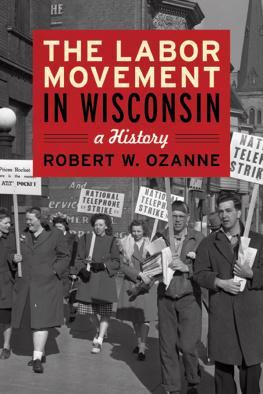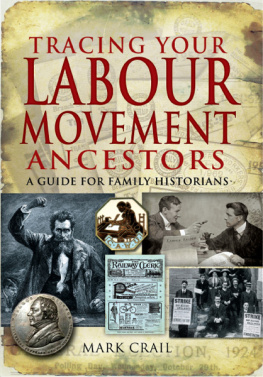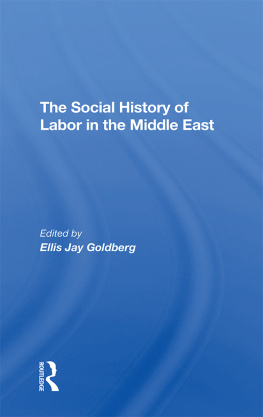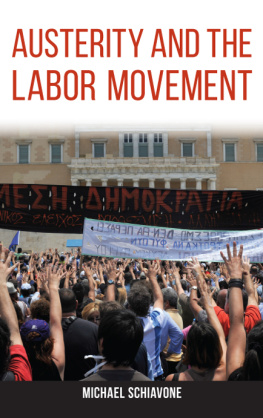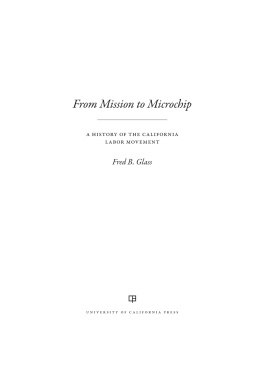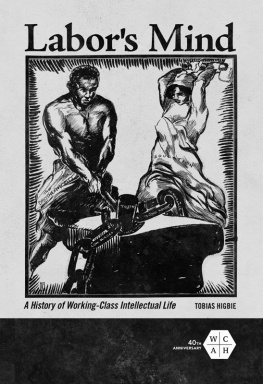With the exception of the brief account () of the nineteenth century sawmill strikes, the past nine chapters have described the Wisconsin labor movement as it developed in the state's industrial heartland, its southeastern counties. Yet from 1900 on, there occurred an epic forty-year labor-management struggle in the state's single largest manufacturing industry, paper. The locus of this contest was the widely scattered industrial cities along the state's northern river valleys: the Fox, the Wisconsin, the Eau Claire, and the Menominee.
What makes this struggle unique and worthy of national attention is the elaborate employer organization which maintained for over twenty of those years a strict surveillance of employee unionism and which effectively mobilized the wealth and power of some thirty paper corporations against the workers of any plant whenever they strove for union recognition. Across the country there have been numerous employer organizations which fought unions. But for none of them, of which this author is aware, is there detailed and vivid documentation of such employer actions. In the effects of such activity on the unions are observed simultaneously through local newspaper accounts and the complete files of the Pulp, Sulphite, and Paper Mill Workers Union. To the state labor movement the outcome of this forty-year struggle covering the northern half of the state was crucial in regard to any long run security, financial stability, and political influence.
APPENDIX
Union Leaders at the National Level Who Began Their Leadership Careers in Wisconsin
The Wisconsin labor movement has contributed substantially to the leadership of the national unions and to the staff of the AFL-CIO. Joseph Padway, a lawyer for the WSFL, also represented the AFL under Samuel Gompers. William Cooper, earlier mentioned, became the national secretary-treasurer of the Building Service Union, now the Service Employees Union. Al Hayes, a railroad machinist on the Milwaukee Road, rose to the presidency of the International Association of Machinists in 1948. Hayes was instrumental in effecting the merger of the AFL and CIO and was responsible for the anti-raiding pact between the Machinists and the United Auto Workers. Walter Burke, whose history we have chronicled, became regional director of the United Steelworkers and then secretary-treasurer of the national union. In that election Burke ran on an anti-incumbent slate headed by I. W. Abel as the presidential candidate. It was a hard-fought campaign against an administration headed by David J. McDonald. The victory of Abel and Burke marked the first, and so far only, successful challenge to an incumbent Steelworker administration.
In the building trades, Peter Schoemann of Milwaukee Plumbers and Gasfitters, Local 75, became president of the international union of Plumbers and Pipefitters in 1953. Schoemann had distinguished himself as head of the Milwaukee Building Trades Council and was probably the single most important leader in the drive, starting in 1939, to enlarge the influence of the building trades in the WSFL.
In 1980 Raymond Majerus was elected secretary-treasurer of the United Auto Workers. He had been director of UAW Region 9, with offices in Milwaukee. Originally he came out of UAW Local 833 at Kohler, then served as a UAW staff representative. Until he moved to Detroit, he was on the University of Wisconsin's Board of Regents.
Milan Stone, a member of the Rubber Workers Local in Eau Claire, went from local leadership to the union's national staff and then, in 1981, to the presidency of the United Rubber Workers.
Andrew Biemiller of Milwaukee served as a top political lobbyist and right-hand political adviser to George Meany, president of the AFL, from 1953 to 1978. As mentioned before, in the 1930's Biemiller was a staff assistant to Milwaukee's Socialist Mayor, Daniel Hoan, and was education director of the Wisconsin's Socialist party. During the Socialist-Progressive alliance, he was elected to the State Assembly, where he became floor leader for the Progressive party in the mid-1930's. Because of the value of his legislative leadership to the labor movement, Henry Ohl put him on the WSFL staff as a part-time organizer in the period when workers were flocking to unions. In 1944 and 1948, Biemiller was elected to the U.S. Congress. His experience in the Wisconsin labor movement, in the state legislature, and in Congress brought him to Meany's attention.
Hilton Hannah, a Jamaican immigrant, attended the University of Wisconsin during the 1930's, and after the war became executive assistant to the president of the Amalgamated Meat Cutters and Butcher Workmen of North America. Hannah, a union journalist, wrote for his union's monthly paper, was speechwriter for the president, and was co-author of a history of his union, The Picket and the Pen. He also served as a member of the executive board.
One international union, the Allied Industrial Workers, with headquarters in Milwaukee and a substantial portion of its members in Wisconsin, has had three chief officers from Wisconsin: Carl Griepentrog, president from 1957 to 1970; Anthony Doria, secretary-treasurer, 1943-1956; and William Salamone, secretary-treasurer from 1979 to the present.
Reference already has been made, in , to the role of Wisconsin's Arnold Zander in founding AFSCME. He served as national president from 1936 through 1964. Another Wisconsinite, Gordon Chapman, served as secretary-treasurer of AFSCME from 1944 to 1965. William R. Connors, from Madison Bricklayers, Local 13, was secretary-treasurer of the Bricklayers International Union from 1966 to 1971. Harvey Brown, of the International Brotherhood of Electrical Workers, Local 494, in Milwaukee, served as the union's international president from 1939 through 1949.
ROBERT W. OZANNE was Professor of Economics at the University of Wisconsin-Madison, where he taught American labor history for over twenty-five years. In addition, since 1949, he taught in the University's School for Workers, where personal contact with hundreds of Wisconsin workers and union leaders assisted him in interpreting the economic and political consequences of the Wisconsin labor movement. He is the author of A Century of Labor-Movement Relations (1967) and Wages in Practice and Theory (1968), both arising from his studies of labor-management relations at the International Harvester Corporation. These earlier books received the Thomas Newcomen Society award in business history for the years 1967-1969.
BIBLIOGRAPHY
SHSW = State Historical Society of Wisconsin
ARC = Area Research Center
ARCHIVAL MATERIAL
Bricklayers, Masons, and Plasterers International Union, Local 8. Minutes in English and German, Milwaukee, Wisconsin. Milwaukee ARC, 1884-1925.
Burns, Matthew. Editor of Paper Makers' Journal and president of the International Brotherhood of Paper Makers. Papers, manuscript titled History of the International Brotherhood of Paper Maker, 1 box. SHSW.
Cooper, Bill. Tape-recorded interview, December 4, 1951. 1 reel. SHSW.
Everest, David Clark. Papers, 1891-1957. 320 boxes. SHSW. During the years of this study the Everest Papers were re-catalogued by the State Historical Society. Some of the footnotes bear the new locations including box and folder numbers. Some of the footnotes still bear the earlier designations, without box and folder numbers. Since the the new cataloguing is chronological, sources can be located by using the old designation.
Federated Trades Council, Green Bay. Various materials, 1907-1940. 5 boxes incl. 18 vols. Green Bay ARC.

